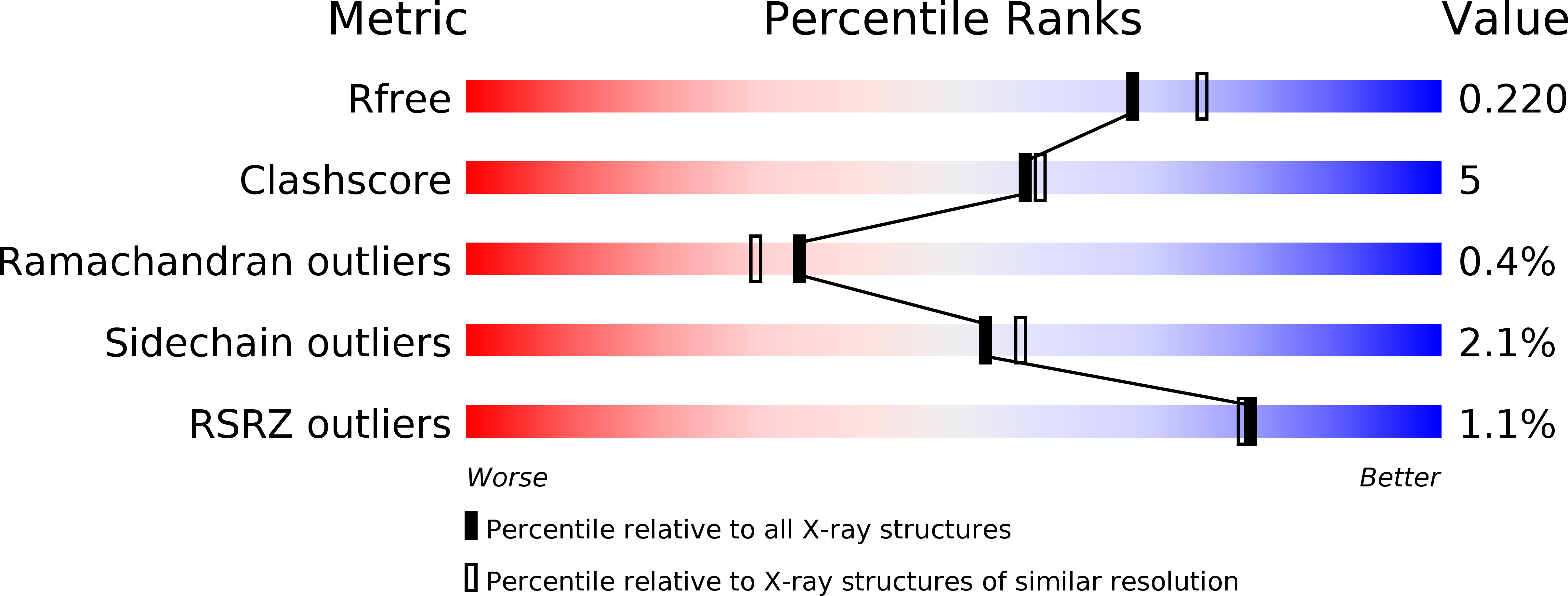
Deposition Date
2010-07-08
Release Date
2010-09-15
Last Version Date
2024-10-30
Method Details:
Experimental Method:
Resolution:
2.00 Å
R-Value Free:
0.22
R-Value Work:
0.17
R-Value Observed:
0.17
Space Group:
C 2 2 21


